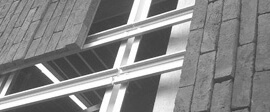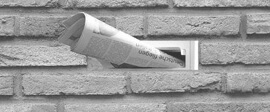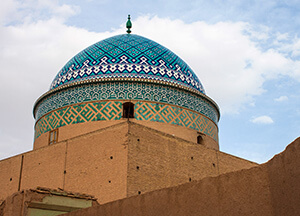How to change your home's look with bricks.
When we say bricks we are talking about the feeling. Home is a place where we feel warmth and cosy. Therefore the decision of materials which will be presented in home intretior is very important. Through the decades bricks have been presented in interior design. Beginig from the medieval era truogh Victorian age till our time bricks suit every building and every interior. Nowadays there are hundrads… read more
Why brick?
Being made from clay and shale brick is most abundant and natural material on earth. Bricks have been used for building innumerable structures over many thousands of years because of their durability. The reason why the brick turns into such a durable material is that, when fired through a kiln at up to 2000 degress, clay unit goes through a vitrification process which fuses the clay particles together. Unlike other materials, brick is very user and... read more
The History of Bricks and Brickmaking
Man has used brick for building purpose for thousands of years. Bricks date back to 7000 BC, which makes them one of the oldest known building materials. They were discovered in southern Turkey at the site of an ancient settlement around the city of Jericho.
The first bricks, made in areas with warm climates, were mud bricks dried in the sun for hardening. Ancient Egyptian bricks were made of clay mixed with straw. The evidence of this can be seen today at ruins of Harappa Buhen and Mohenjo-daro. Paintings on the tomb walls of Thebes portray Egyptian slaves mixing, tempering and... read more
What is a joint?
Masonry mortar is used in classic masonry. Open joints of about 10 to 15 mm wide are formed between the bricks. At the end of the working day about 15 to 20 mm of this masonry mortar is scraped out, which creates the necessary space for filling up the facade with a joint mortar. A joint mortar has 2 important purposes: A practical purpose: the open joints are filled correctly and efficiently. An aesthetical purpose: 10 to 20% of the visible wall surface consists of the... read more
Joint colours
When you choose to carry out a classic masonry instead of gluing the bricks, then the joint very much determines the end result. Depending on the brick size that is used, 10 to 20% of the facade can consist of joints. Determining the colour of the joint is a choice that may take up quite some time. After all, the joint makes or breaks the facade. Grey is the most common joint colour. It is the most neutral colour. From close up there is... read more
Types of joints
The form of the joint also influences the appearance of a facade. Of course the height of the joint plays an important role, but the depth is also important. The deeper the joint, the more it will end up in the background. This creates a shadow play between the joint and the facing brick,which especially emphasises the colour of the brick. There are various standard types of joints. The price depends of course on the labour intensiveness... read more
No joints
When you choose the purely brick effect the joint is a disrupting factor. Increasingly more contractors choose to create a facade without joints. There are 3 known methods for creating a masonry without joints: 1. Bricklaying with thin set mortar 2. Gluing together 3. Traditional masonry with ZERO® Each method generates additional costs compared to classic masonry. More facing bricks are needed per square meter of masonry. And in all cases more care and... read more
Brickwork bonds
The way in which a brick is laid – the brickwork bond – also strongly influences the appearance of the façade. A well thoughtout brickwork bond gives projectS extra style and character.
Brickwork bonds not only have an aesthetic effect; The choice in brickwork bond can also influence the budget. More complicated bonds, which usually necessitate more grinding work, can substantially raise the price... read more




















